Champagne Adds Sparkle to French Culture
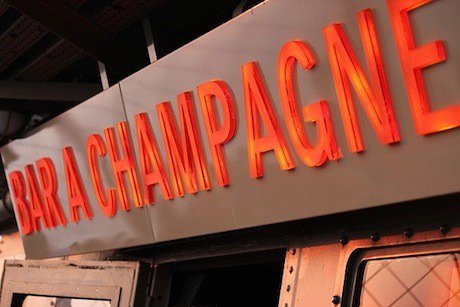
Mon 30 Dec 2013
Champagne tends to be in a class of its own. So it’s good to remember that it is first and foremost a French wine. And French wine is synonymous with French culture. In fact, many of the younger generation in France view drinking a glass of wine like sipping from their cultural heritage.
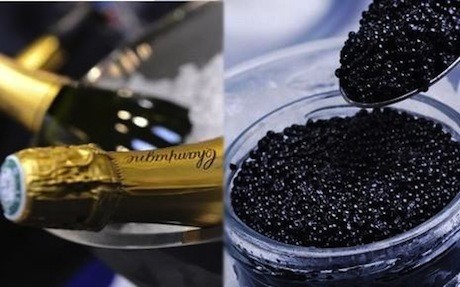
Photo: Local Food and Wine.
So if champagne is really a flute of French culture, what are some of the customs to observe when enjoying it? According to Jean-Manuel Jacquinot, owner of the champagne house Jacquinot et Fils in Épernay, pouring your champagne into a glass that is not coated with that thin film of dishwashing detergent that many dishwashers leave behind is essential. Why? “The dishwasher soap film kills the bubbles of the champagne,” he explains. It is, of course, these bubbles that both characterize champagne and also offer a telltale sign as to the quality of the champagne you’re drinking.
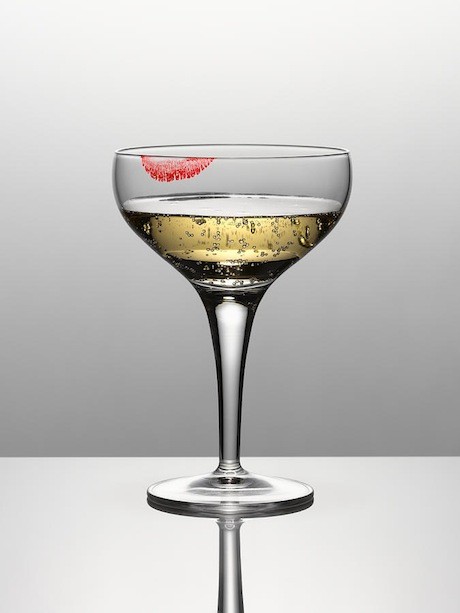
Photo: Andy Roberts/Fine Art America.
“Tiny bubbles are what to look for,” further advises Jacquinot. “The finer the bubbles, the better quality the champagne.” It’s easy to keep your champagne glasses soap-film free—just give them a good wipe with a clean soft cloth before pouring in the champagne. “You want to avoid wearing lipstick, too, when drinking champagne,” notes Jacquinot, grandson of the champagne house’s founder, “as lipstick also kills the champagne bubbles.”
More advice when enjoying some sparkle with your coupe of French culture? Another family-owned and run champagne house, also in Épernay, Janisson Baradon, says to be sure to pair your champagne with the right foods. Cyril Janisson, fifth-generation champagne maker and the managing director of the house, points out that champagne doesn’t really go well with creamy, sugary foods
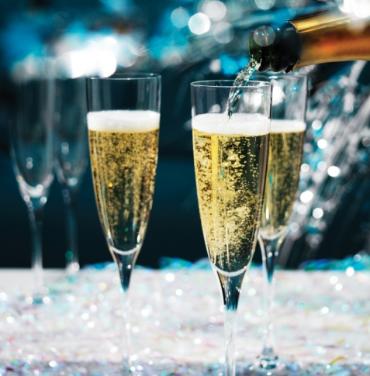
Photo: Local Food and Wine.
“People often think of pairing champagne with desserts. But champagne doesn’t like cream or sugar. So best to pair with light desserts such as strawberries,” he says. Or citrus-forward desserts such as a lemon or clementine soufflé can work nicely as well. Fish and seafood dishes go with blanc de blancs, poultry goes well with pinot noir dominant blends or blanc de noirs champagnes. Comté cheese is divine with an aged vintage from 2002, a very good year for champagne.
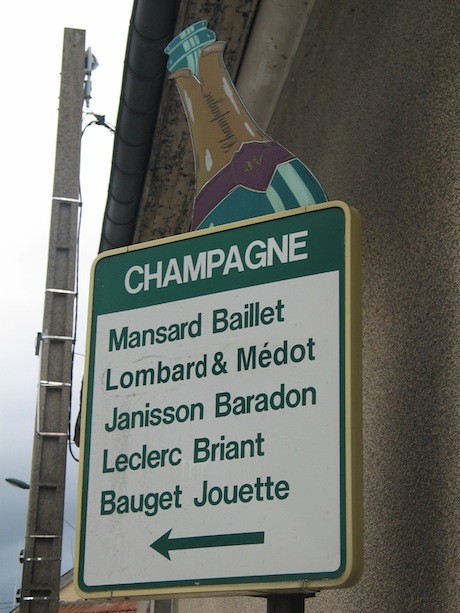
Photo: © Paige Donner 2013 Local Food and Wine.
As a basic quick reference, blanc de blancs champagne is always going to be made exclusively from chardonnay. On rare occasions you can find it made from pinot blanc as well, but that’s a rarity. A blanc de noirs is always made from the red fruit grapes, pinot noir and/or pinot meunier.
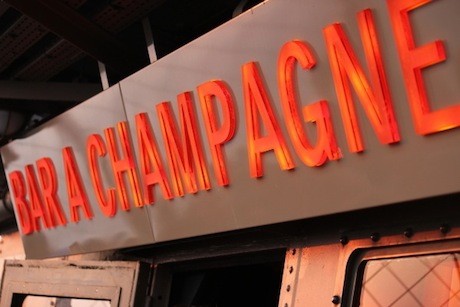
Trip Eiffel Bar à Champagne. Photo: Local Food and Wine.
So this holiday season, and particularly on New Year’s Eve, when you raise your champagne flute and say, “Santé,” you’ll do well to remember you are sipping a flute of French culture along with that sparkling effervescence.
Paige Donner is a Certified Champagne Specialist and Host of the World of Wine on World Radio Paris.
Like this article? Sign up for our newsletter and get more of the latest scoop from Paris delivered directly to your in-box.